Roaring engines, split-second decisions, and the scent of burning rubber… Motorsport isn’t just a hobby. It’s theatre at 300 km/h. But for those who live fast and travel well, the real thrill begins when the race ends. What if speed was just the opening note?
The Monaco Grand Prix has just wrapped, its usual flash of champagne, rooftops, and scarlet worship. But the season is far from over. And the next chapters? No less spectacular. Just more unexpected.
From hillclimbs framed by Georgian façades to endurance battles deep in the forest, we’ve curated five legendary races and the refined escapes that elevate them. Because some weekends aren’t about where you are. They’re about what you didn’t see coming. This is motorsport for those who already know the front row and prefer the hidden road that follows.
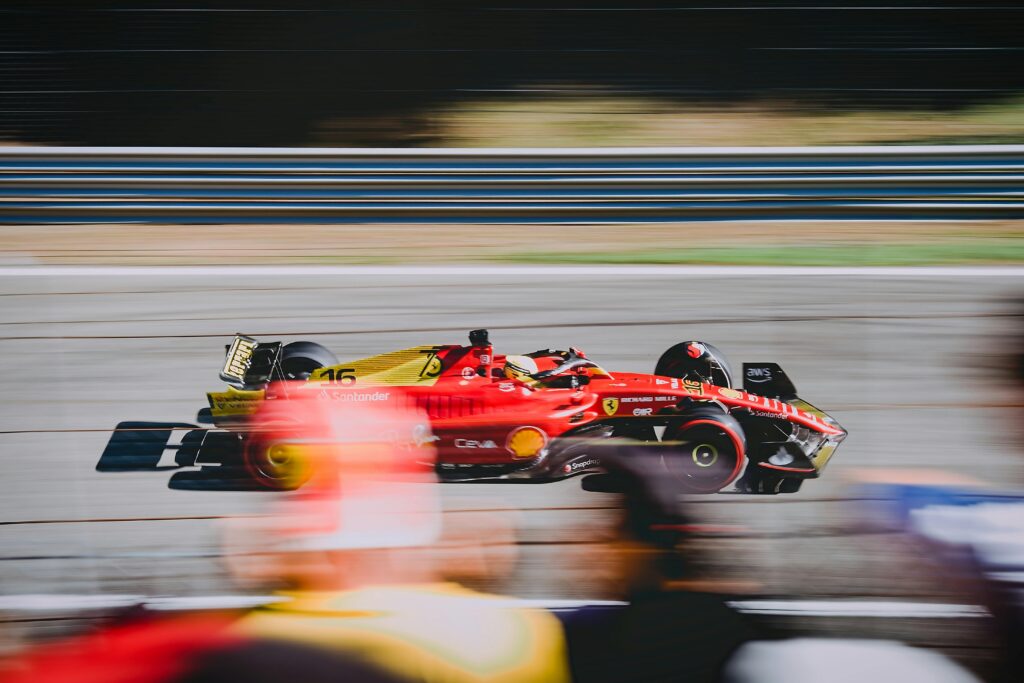
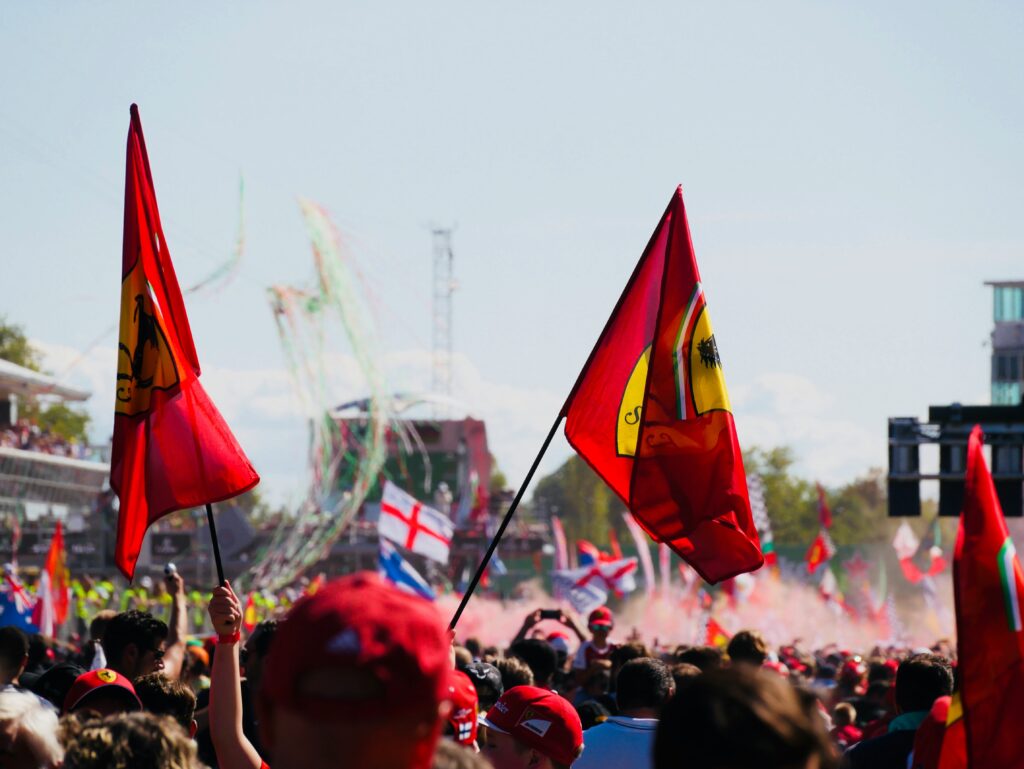
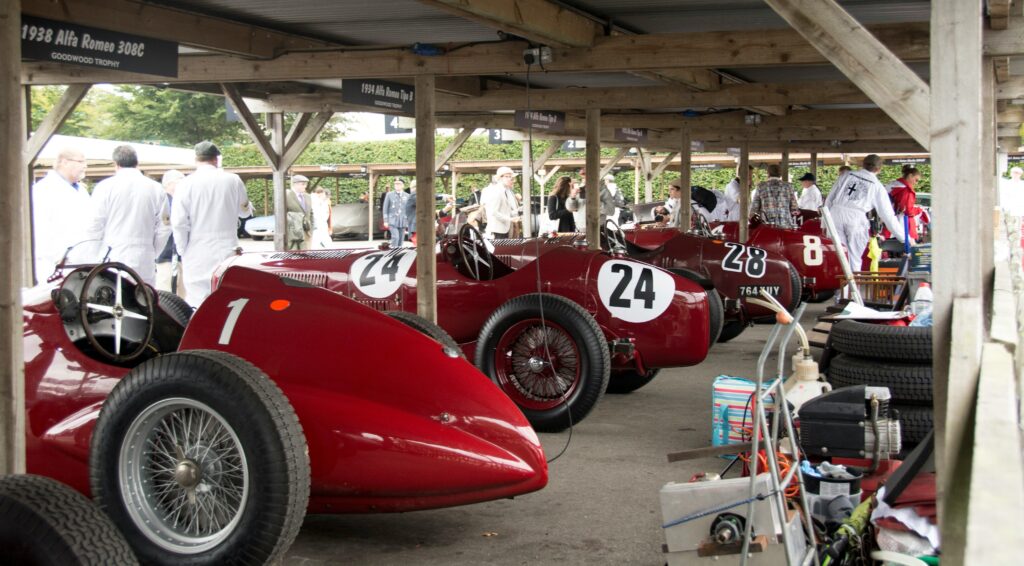
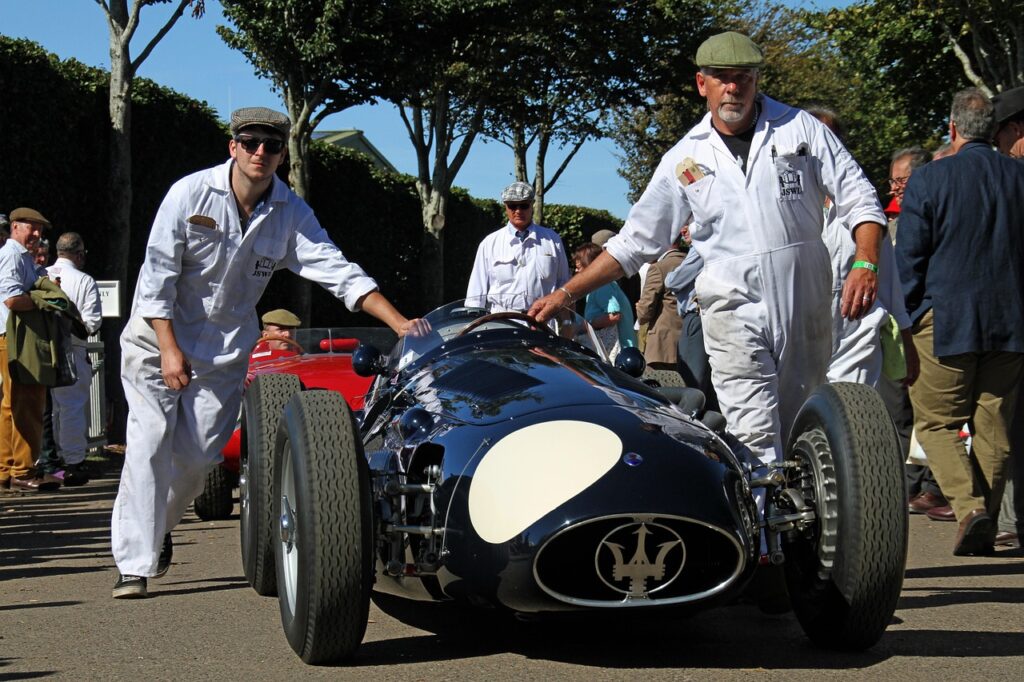
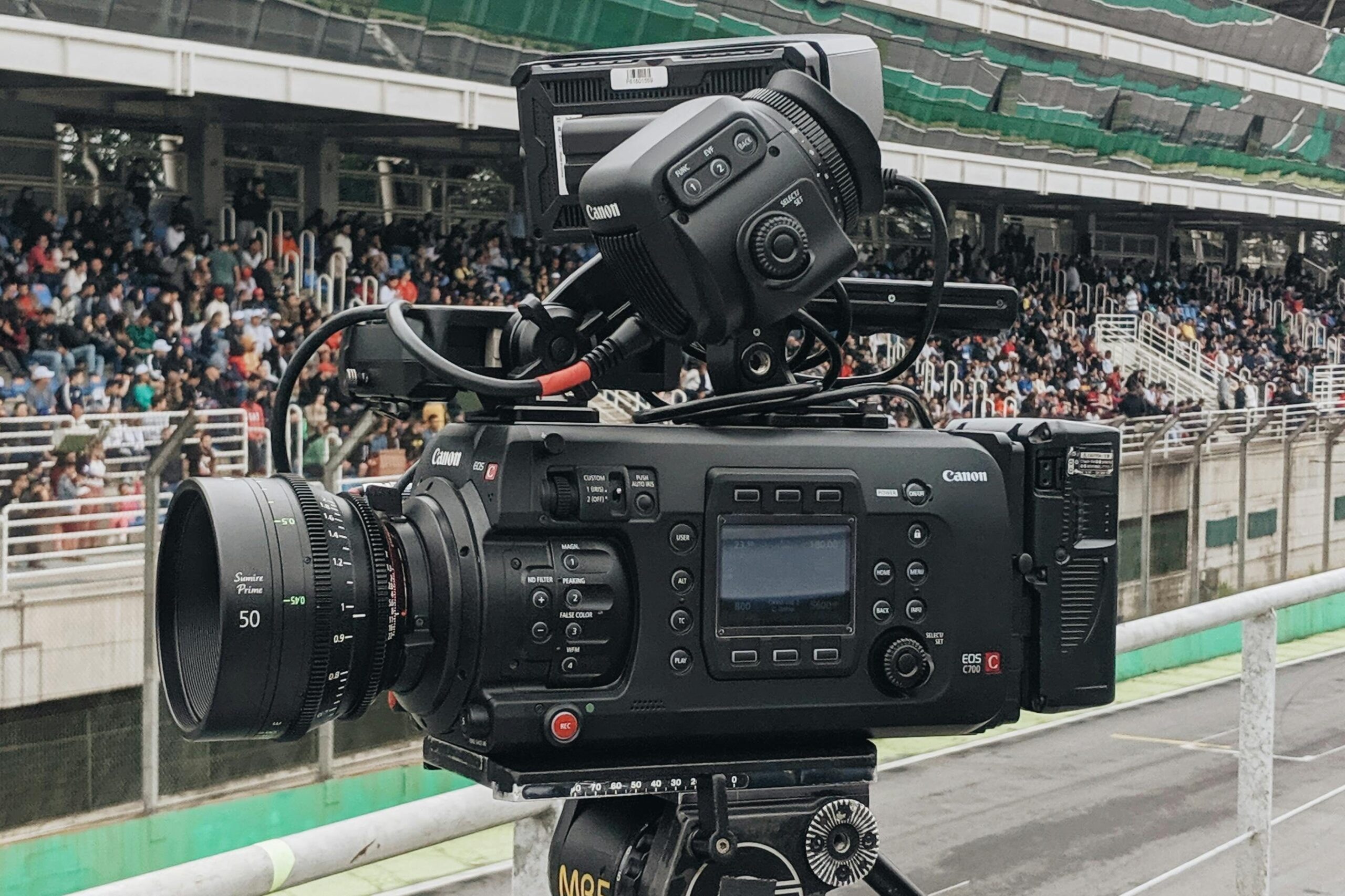
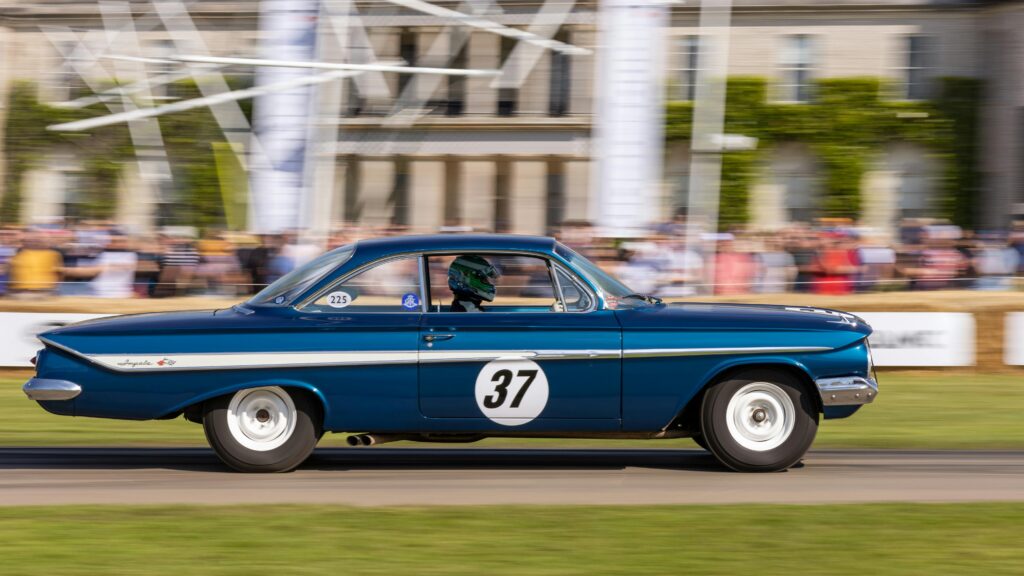
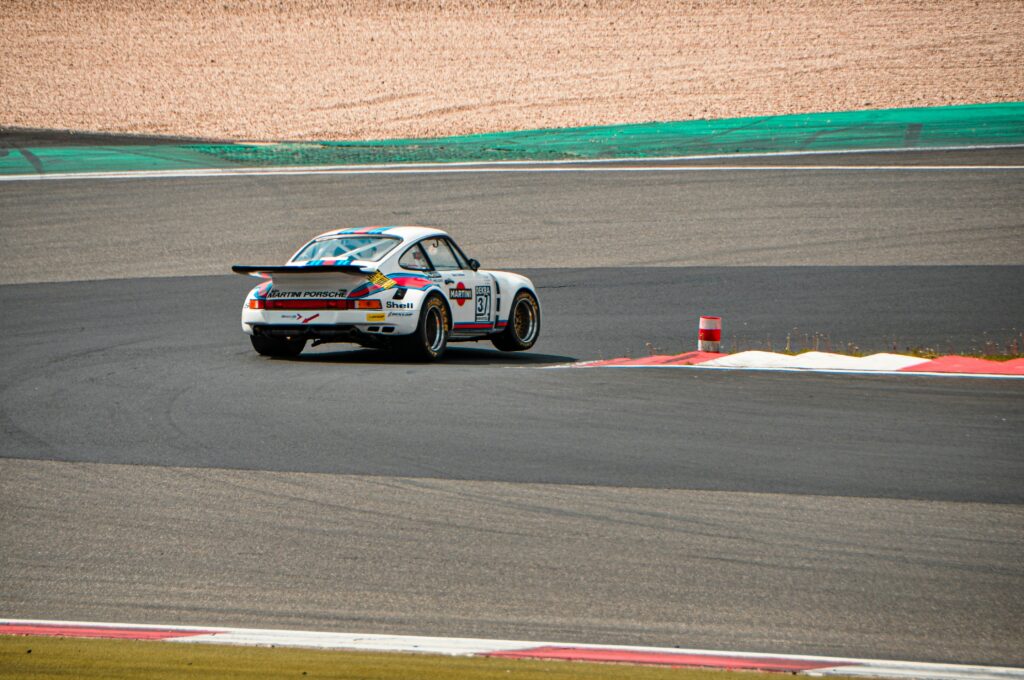
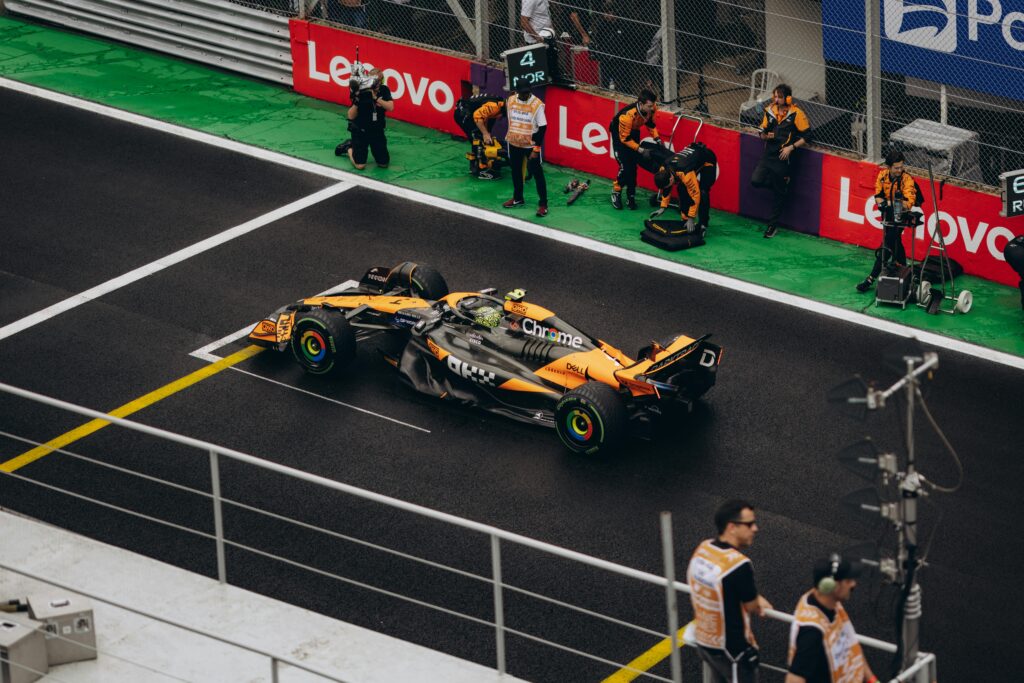
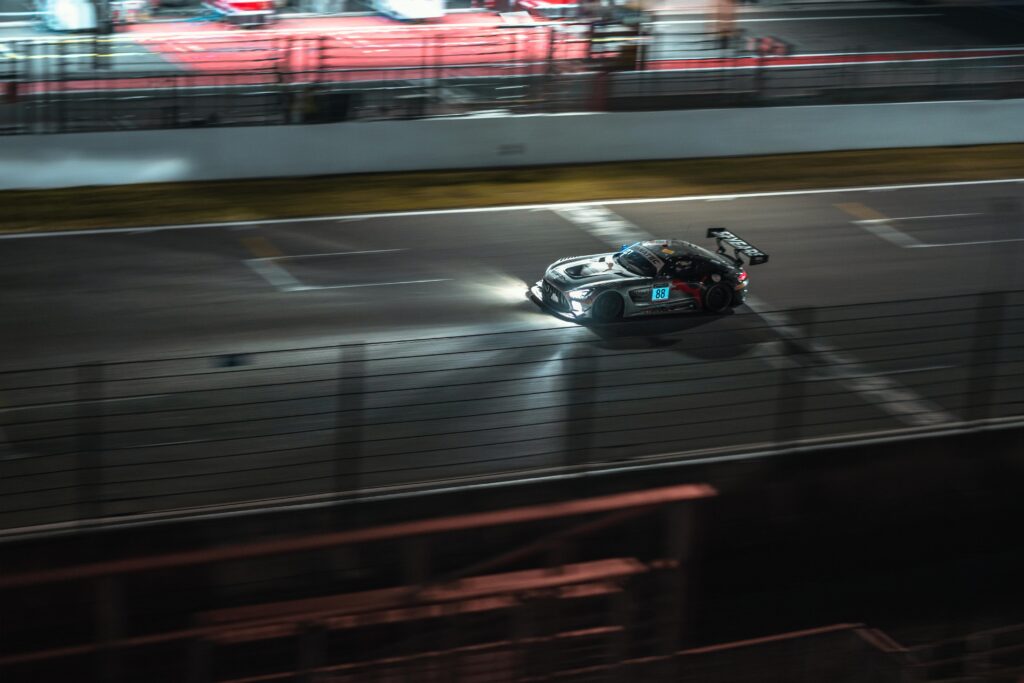
24 Hours of Le Mans & the Timeless Grace of the Loire Valley
The Race: Where Legacy Meets Obsession
Le Mans isn’t just a race, it’s where endurance was born. Since 1923, the 24 Heures du Mans has tested not just speed, but survival. Can a machine hold its line after 24 hours of heat, darkness, and pressure? Can a driver stay sharp through exhaustion, rain, and relentless speed?
The circuit itself is legendary: a hybrid of public roads and permanent track that demands precision, stamina, and trust in engineering. Over the decades, it has become a laboratory of progress where breakthroughs like disc brakes, endurance lighting, and hybrid powertrains were first tested under real pressure. What makes it mythical is not just the technology, but the stories: impossible comebacks, heartbreak at the final hour, and battles that shaped the identity of entire brands. The Ford vs Ferrari era? That was just the beginning.
Top speeds reach 340 km/h on the Mulsanne Straight, but victory is never about raw pace. It’s won through energy management, brake discipline, perfect driver changes and sheer mental fortitude. At Tertre Rouge, through Dunlop Curve, every corner punishes ego and rewards control.
And the atmosphere? It’s electric because everyone there knows: this isn’t a weekend race. It’s a rite of passage. This is the race that wrote the rules and still dares to bend them.
The Escape: Amboise, Where Legacy Lives Quietly
When the engines fall silent, follow the Loire’s curve to Amboise ; A riverside town that doesn’t try to impress, and somehow always does. Its château towers above the water like a memory carved in stone. Its streets curve through time. This is not the France of postcard clichés. It’s the France of slow walks, shuttered windows, and wine cellars built into limestone hillsides. Here, elegance comes with age.
Stay at Le Manoir Les Minimes, an intimate manor facing the château, where breakfasts are quiet, and the rhythm matches the river. Or book a private stay in a restored vineyard home, where the silence feels curated. For dinner, Les Arpents offers exacting plates in a room where the service is as graceful as the cuisine.
Step into Clos Lucé, where a certain Italian genius spent his final days imagining machines that still haven’t been built. Or simply sit by the water, a glass of Vouvray in hand, and watch the sun move slowly across the château’s façade. In Amboise, you don’t escape from Le Mans. You absorb it, differently.
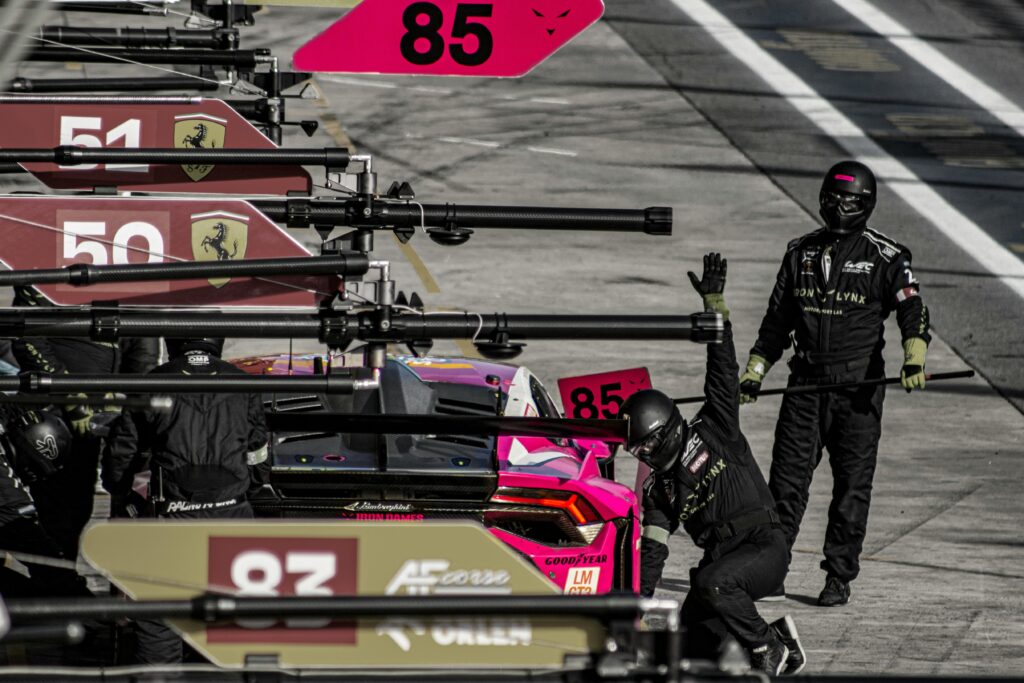
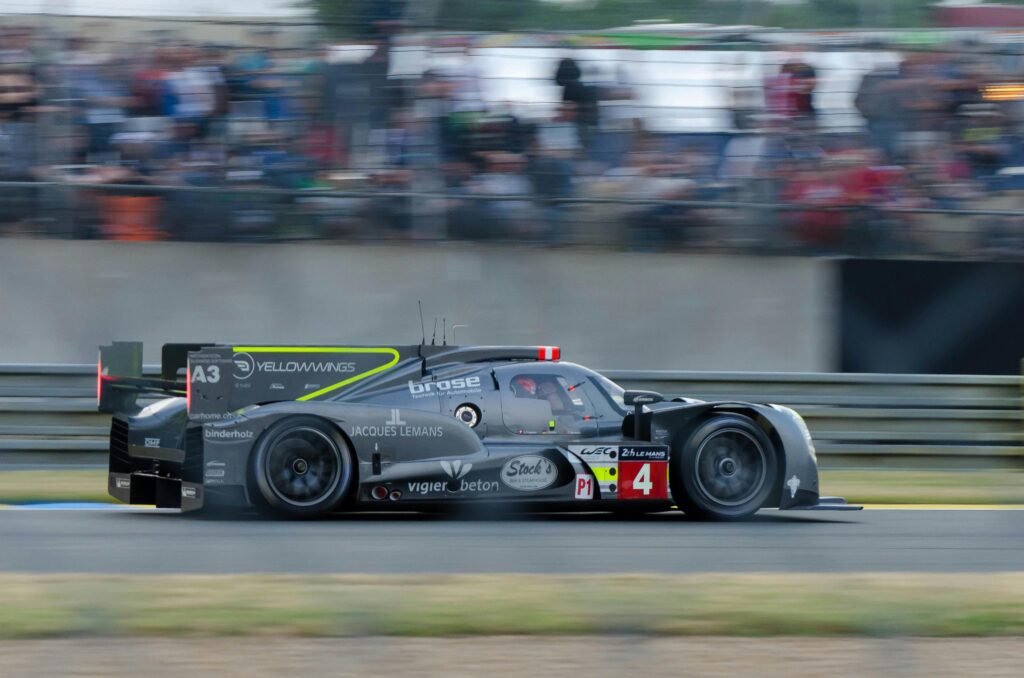
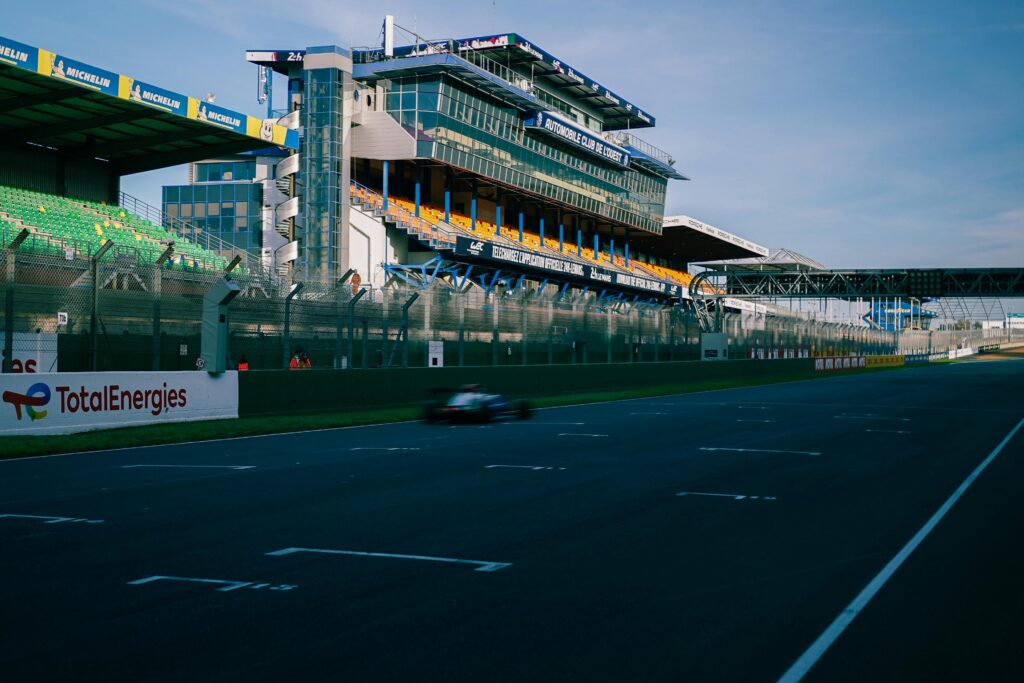
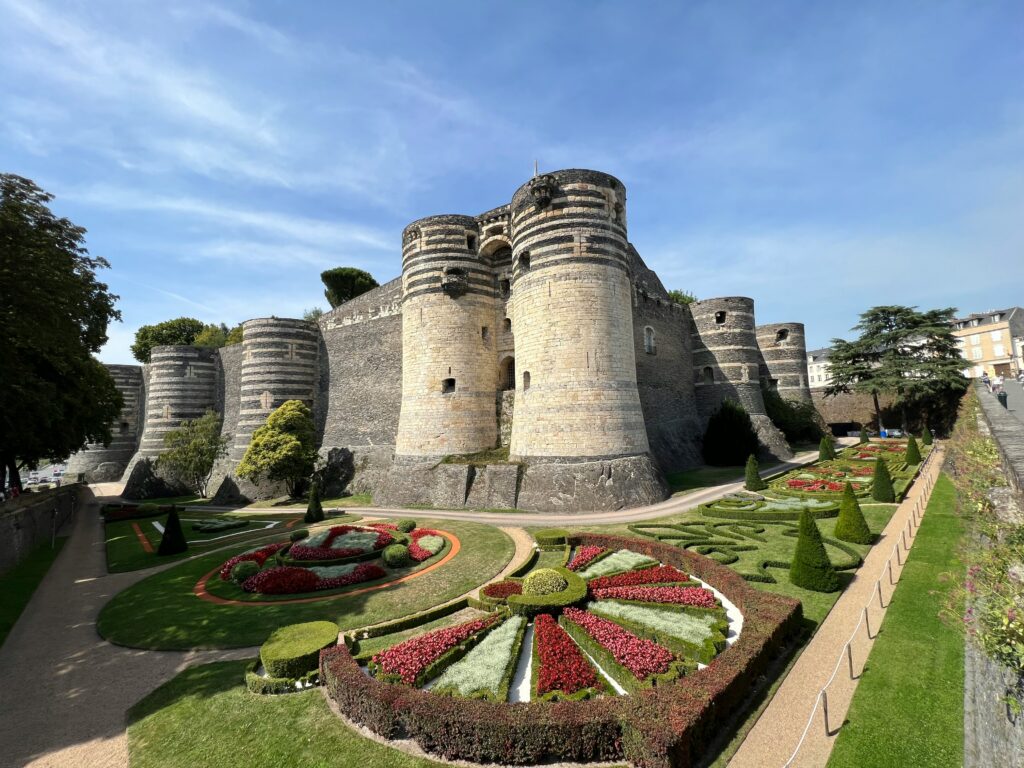
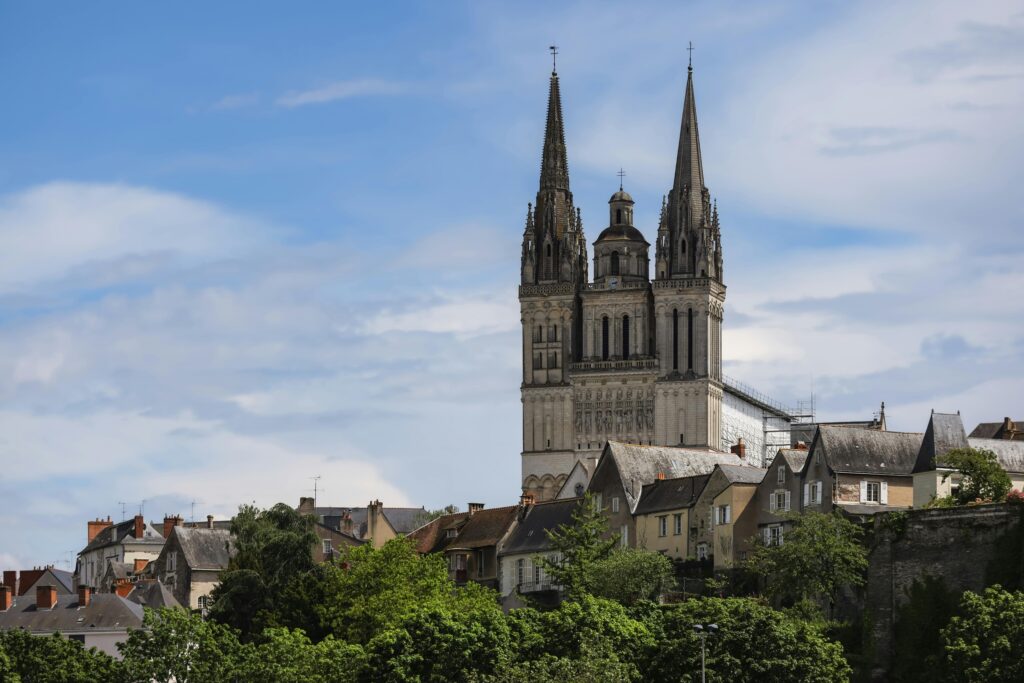
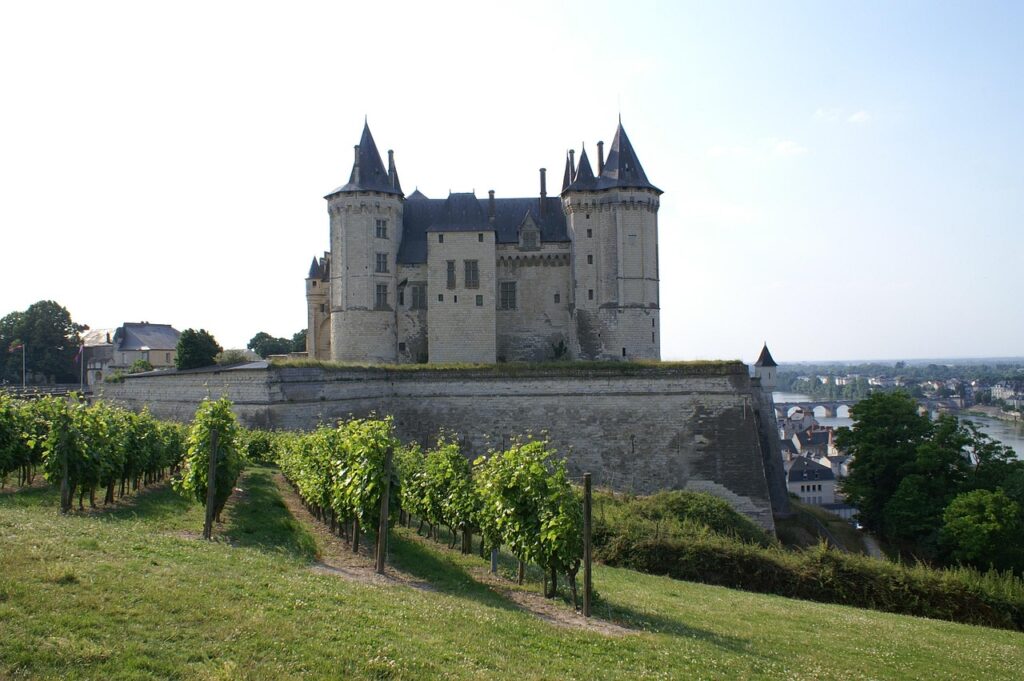
Italian Grand Prix at Monza & the Operatic Allure of Verona
The Race: Speed, Loyalty, and the Sound of a Nation
Built in 1922 in the royal parklands of Monza, this is one of the oldest and most iconic circuits in the world. Known as the “Temple of Speed,” its long straights and low-downforce layout make it the fastest track in Formula 1, where precision is nothing without boldness.
Here, national pride isn’t a theme, it’s the fuel. Monza is Ferrari’s spiritual home, and the Tifosi don’t watch the race. They inhabit it. When a red car leads, the forest itself seems to tremble. Corners like Parabolica, Lesmo, and Ascari have seen triumphs, heartbreak, and history written at 350 km/h. This isn’t a place for cautious tactics, it’s where drivers leave restraint behind and chase purity on asphalt.
Off-track, the experience is pure Italian theatre. Paddock Club guests sip Franciacorta on balconies above the pit lane, roam through haute horlogerie lounges, and move between exhibitions where speed meets style, engines polished like sculpture, suits cut like race lines. Monza doesn’t seduce. It overwhelms.
The Escape: Verona, Where Intensity Finds Its Echo
After Monza’s chaos, Verona doesn’t slow you down, it shifts your rhythm. This city breathes in counterpoint. Cobbled lanes lead to hidden courtyards. The air smells of jasmine and old stone. And when you speak, you lower your voice without noticing.
Base yourself at Due Torri Hotel, a historic 14th-century palace in the heart of Verona, with frescoed ceilings, marble baths, and discreet old-world service. Or retreat to Villa Cordevigo Wine Relais in nearby Valpolicella; An 18th-century estate with its own vineyards, Michelin-starred dining, and forested calm. And if the mood strikes, the shores of Lake Garda are less than an hour away, offering breezy lunches, lakeside palazzos, and panoramic silence. For dining, Casa Perbellini offers tasting menus that balance emotion and precision, each dish as considered as a Grand Prix strategy. Evenings bring music. The Arena di Verona, a 1st-century Roman amphitheatre still alive with opera, welcomes you backstage for a candlelit tour most tourists never see. And just beyond the hills, the Valpolicella region opens its cellars ; Amarone, Recioto, and velvet-smooth reds aging in silence, waiting.
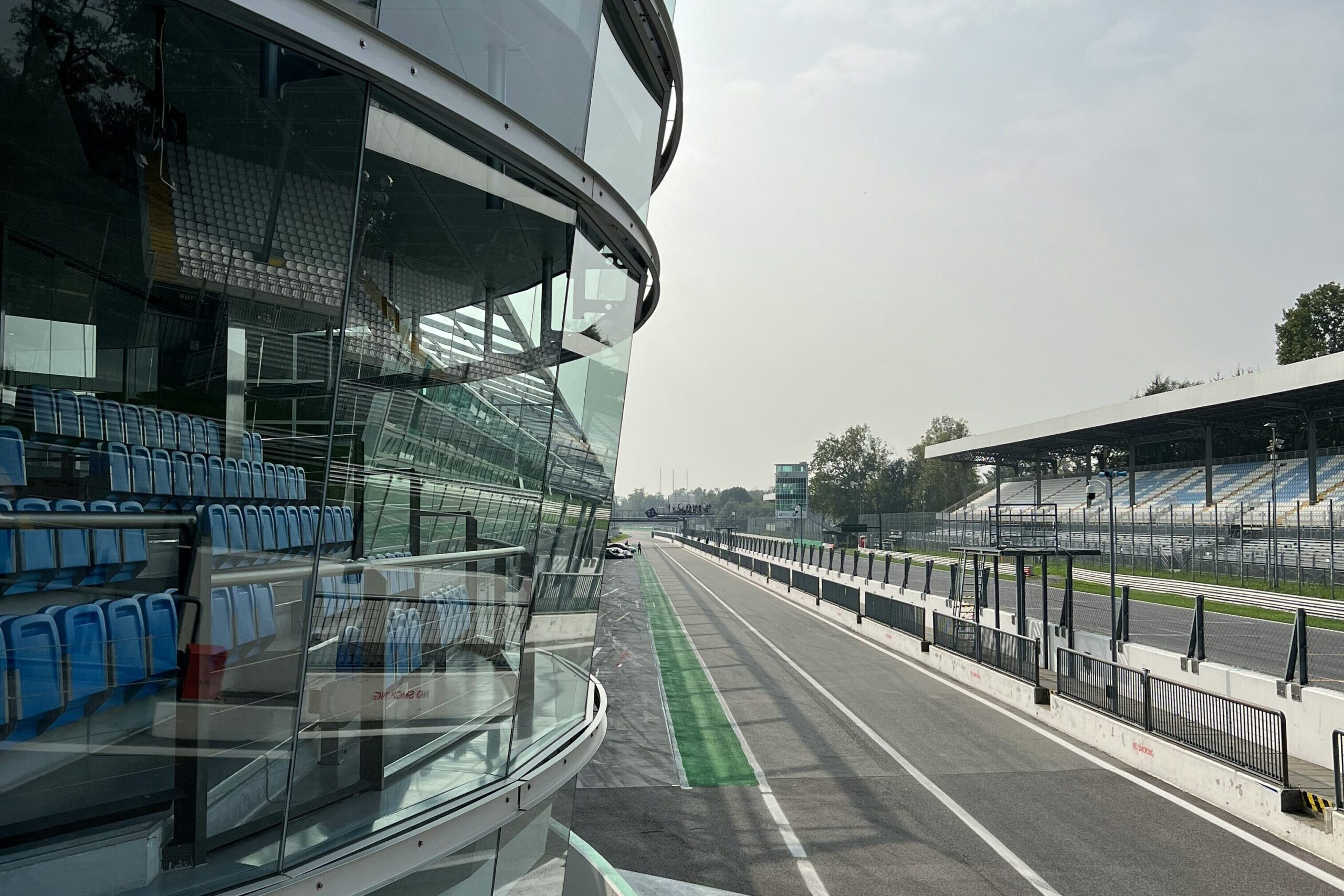


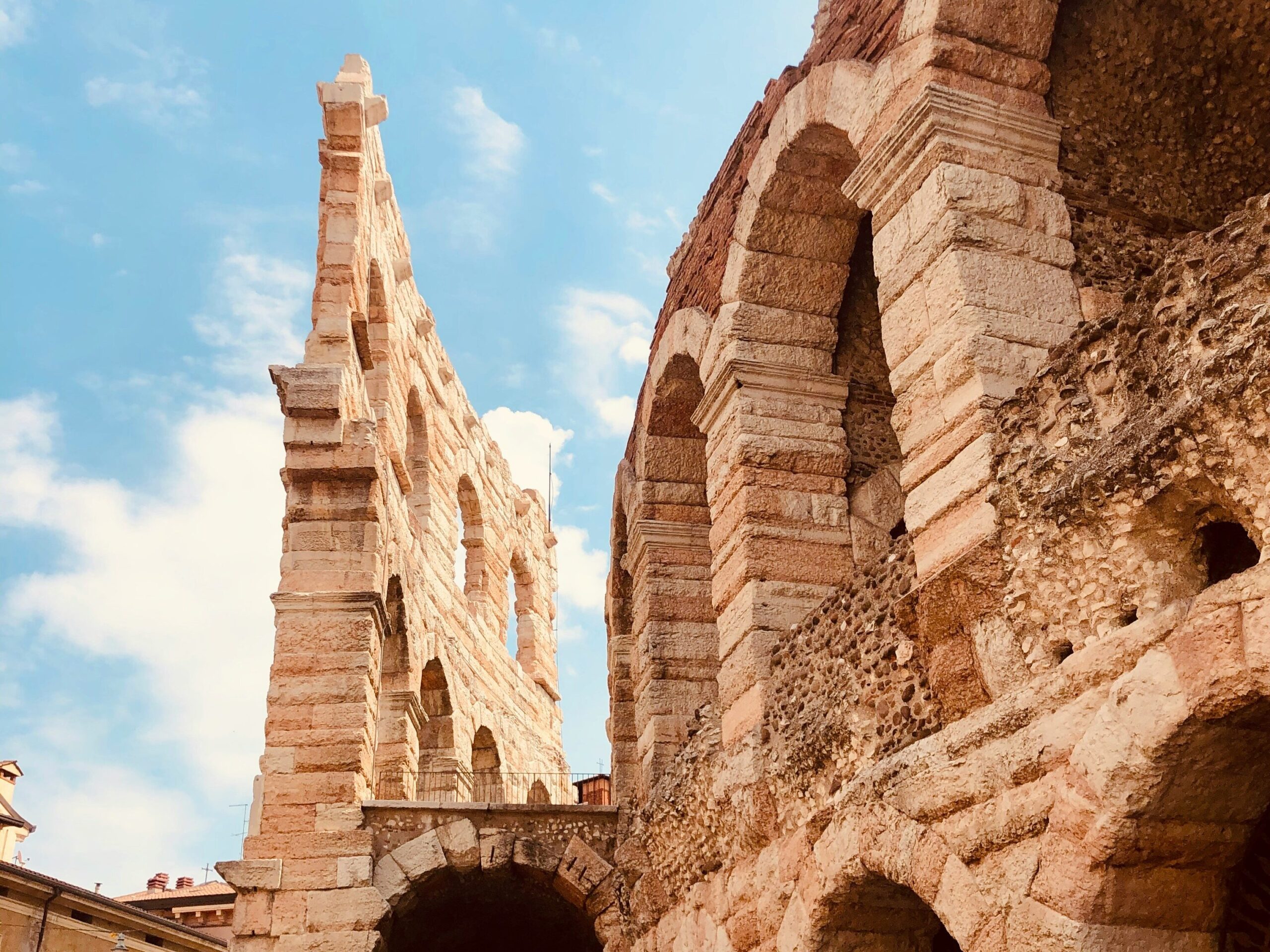
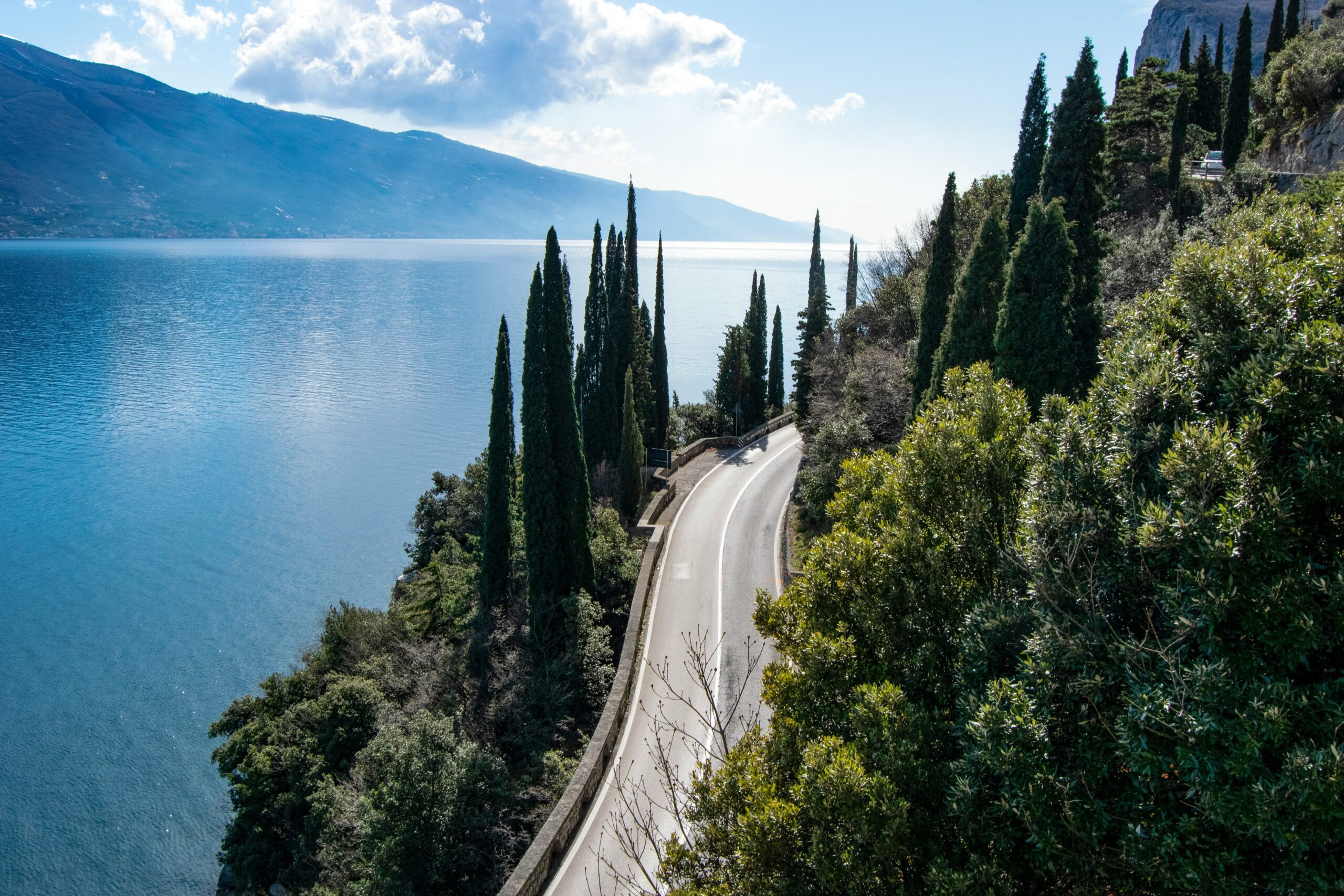
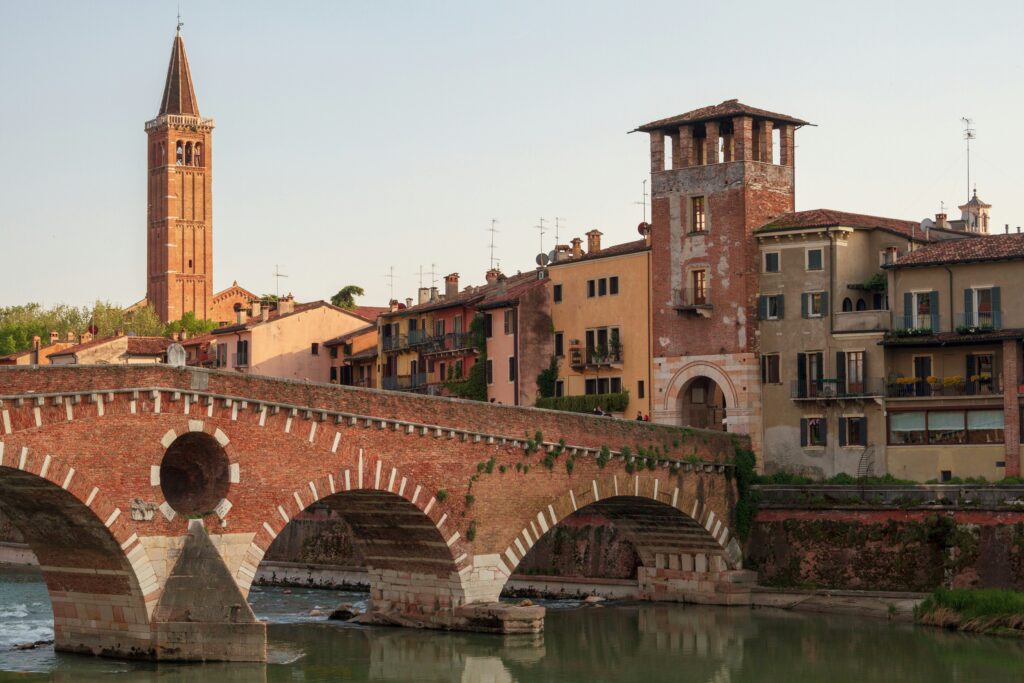
Spa 24 Hours & the Forested Refinement of Durbuy
The Race: Endurance at Its Purest
Spa-Francorchamps isn’t glamorous. It’s glorious. Born in the 1920s as a 14-kilometre triangle through Belgian countryside, it evolved into one of the most respected circuits in the world. Today’s layout still slices through the forest, fast, unpredictable, and deeply unforgiving.
What defines it? The weather, constantly shifting. The elevation, brutal. And the corners, names whispered with reverence: Eau Rouge, Blanchimont, La Source. To master Spa is to prove you belong. No one lucks their way through 24 hours here.
The CrowdStrike 24H of Spa brings together over 70 GT3 machines, factory-backed teams, and elite drivers from every continent. For connoisseurs, it’s the crown jewel of the GT World Challenge. For competitors, it’s a mental and mechanical war, won in tenths, lost in fatigue. And yes, VIPs still arrive by helicopter, and dinners still turn into deep discussions about tire pressures and stint lengths. But beneath the polished veneer lies something older, rawer, and more real. Here, legends don’t shine. They endure.
The Escape: Durbuy, Where the Forest Whispers Back
After the battle, retreat. One hour from Spa, Durbuy welcomes you with mossy silence and slate rooftops straight out of a Flemish painting. Marketed as the “smallest city in the world,” it offers something far more rare: intimacy with nature, without compromising refinement.
Book a suite at Le Sanglier des Ardennes, a gourmet-hotel hybrid where stone meets velvet, and the cellar wine list reads like a sommelier’s diary. Try Wout Bru’s inventive tasting menus; Minimalist, seasonal, quietly spectacular. Rise early for a hot-air balloon ride above the Ourthe Valley, or disappear into the forest with a private hiking guide and a backpack packed by the hotel chef.
This is the antidote to 600-horsepower chaos. Not silence, but stillness. Not boredom, but balance. And for those who’ve spent the night with pit stop alarms in their ears, Durbuy offers the kind of calm that money alone can’t buy.
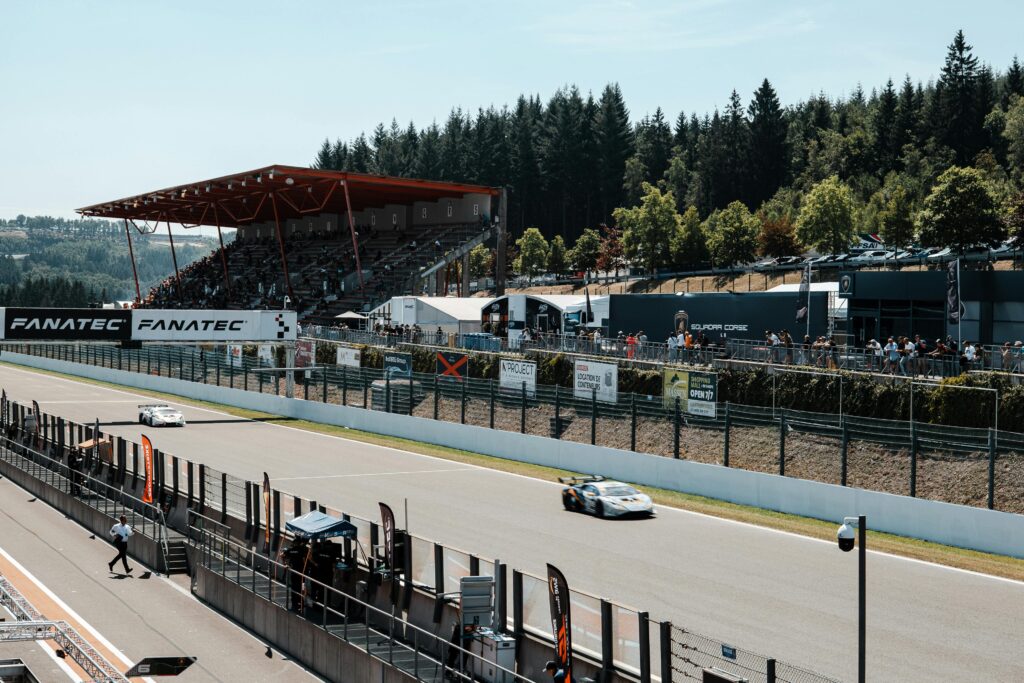
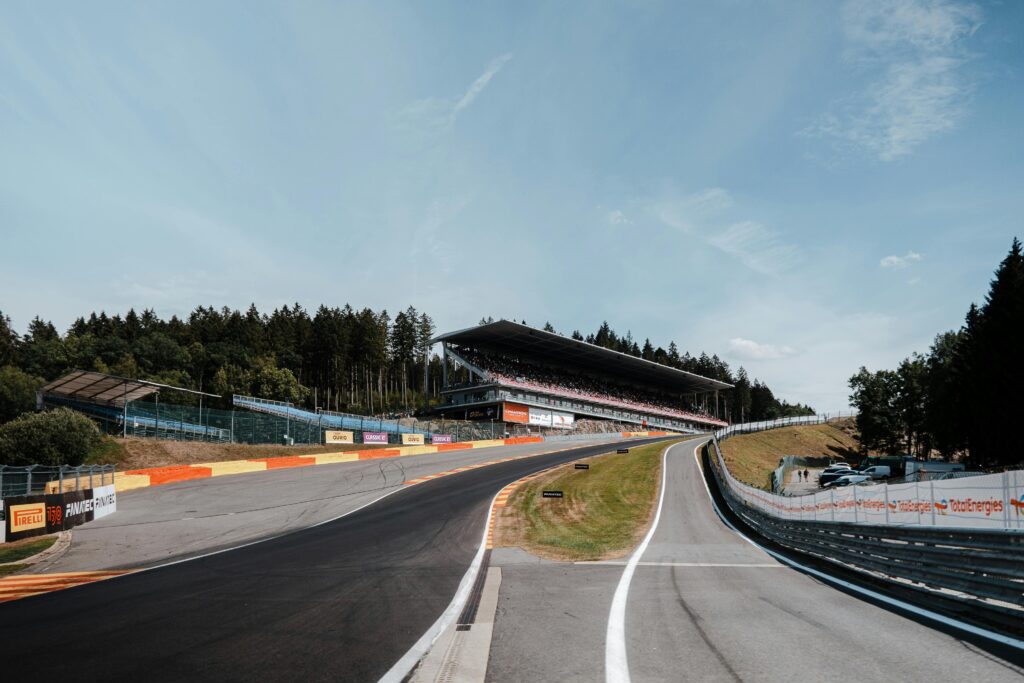
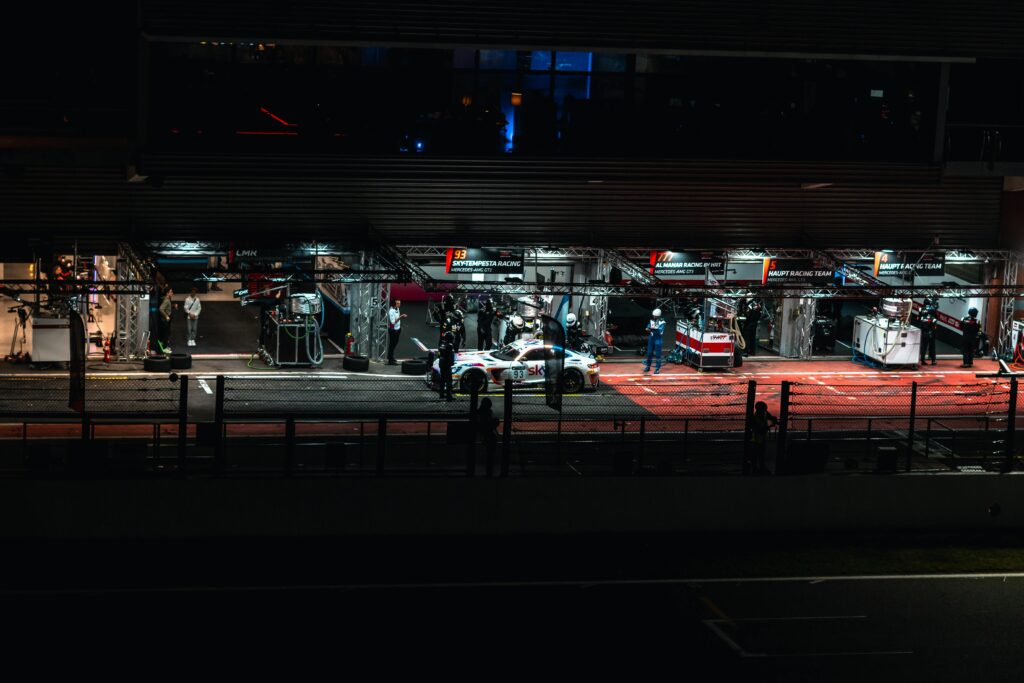

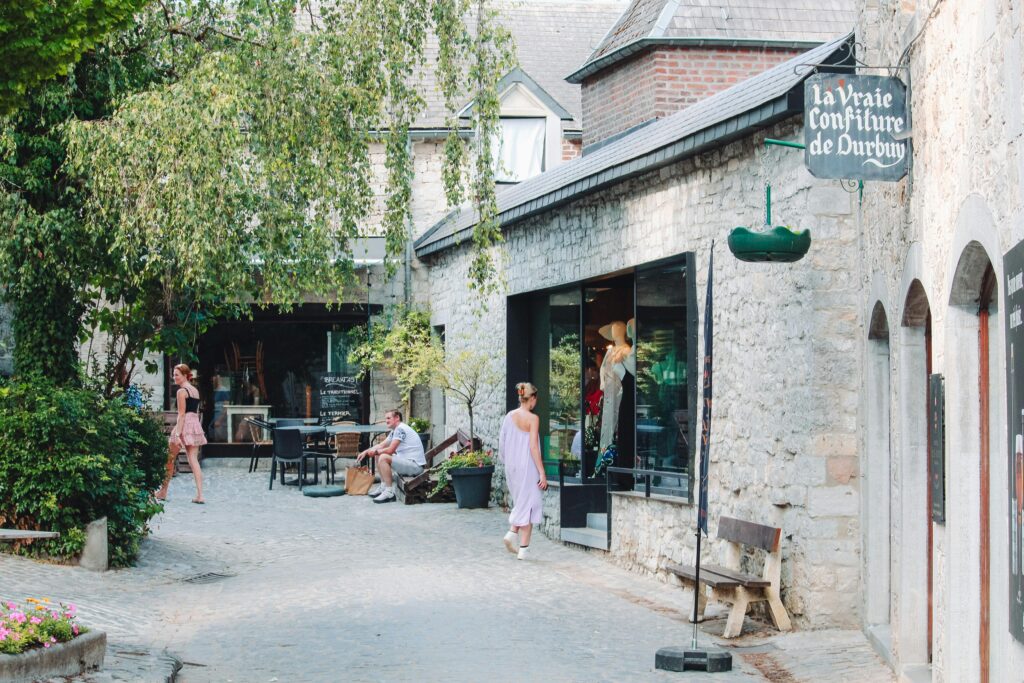
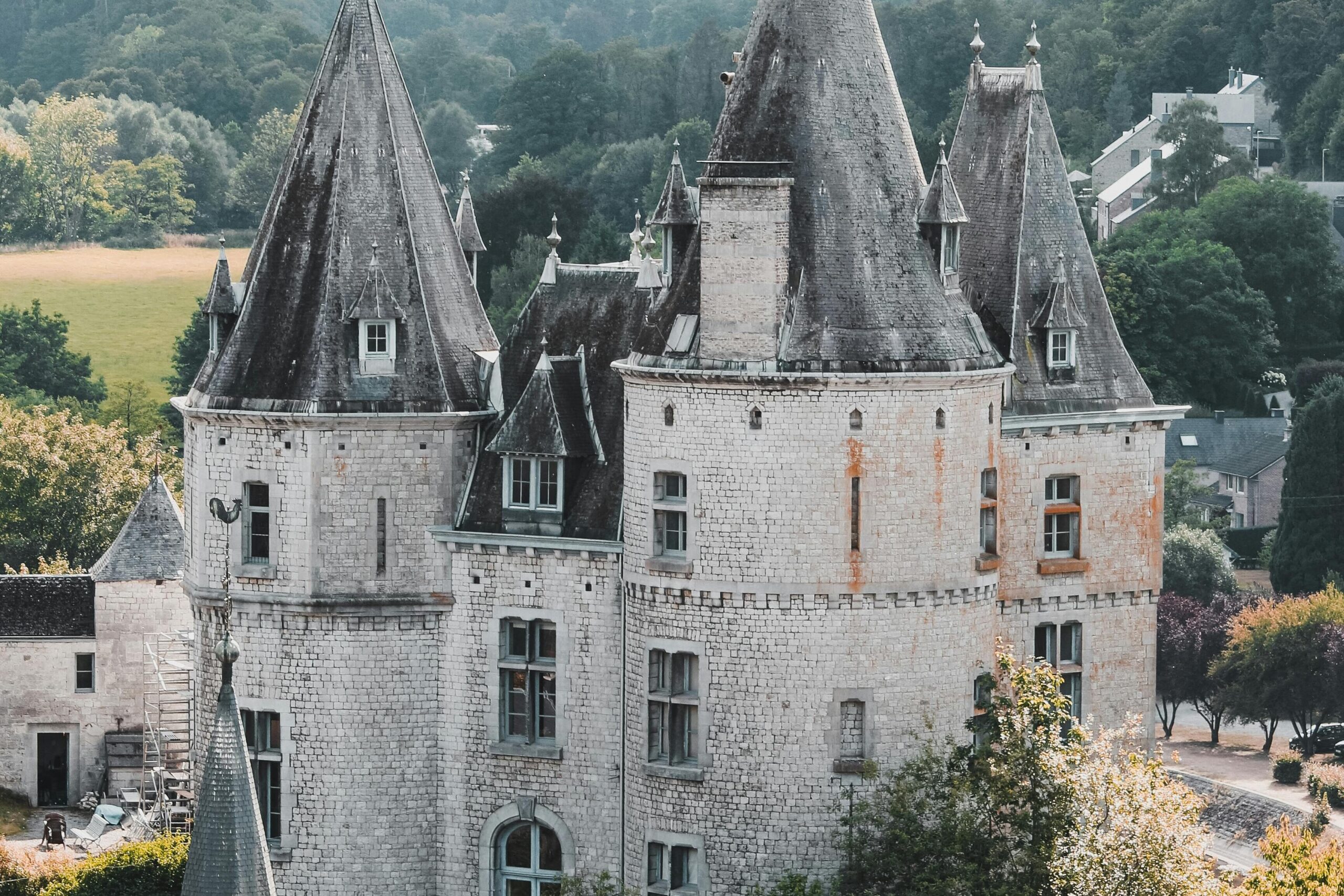
Nürburgring Endurance & the Wine-Laced Calm of Cochem
The Race: The Green Hell Never Sleeps
There’s endurance and then there’s the Nürburgring. Carved through the Eifel forest in 1927, this 25-kilometre beast was never meant to be kind. With over 170 corners, brutal elevation changes, and zero forgiveness, the Nordschleife earned its nickname, The Green Hell, from drivers who learned it the hard way.
This is the most chaotic 24-hour race in the world. GT3 machines thunder past amateur entries. Weather systems change between one sector and the next. And with no track lighting at night, drivers rely on instinct, memory, and courage at 260 km/h through Fuchsröhre or Schwedenkreuz. It’s a track that humbles everyone, including the elite. Strategy matters, but so does respect, for the machine, the moment, and the mountain. Fans camp in the woods for days, building fortresses of beer crates and smoke signals. VIPs arrive by chopper, sip local Riesling, and watch the madness unfold from glass lounges perched above the pit lane.
The Nürburgring doesn’t host a race. It hosts a reckoning.
The Escape: Cochem, Where Wine Softens the Edges
After a race this wild, Cochem is like slipping into a silk robe after a bare-knuckle fight. Perched on the banks of the Moselle River, this storybook town is surrounded by sloping vineyards, fairytale castles, and calm so pure it feels curated.
Stay at Hotel Schloss Lieser, a restored 19th-century palace turned five-star retreat. Its wine cellar features rare Rieslings from neighboring slopes, and the riverside terrace is ideal for slow breakfasts after long nights. Visit Reichsburg Castle for panoramic views, or drift down the Moselle on a private electric boat, stopping at small producers for tastings along the way.
This isn’t the Moselle of travel brochures; It’s quieter, deeper, designed for those who want to disappear for a while, glass in hand, engine off.
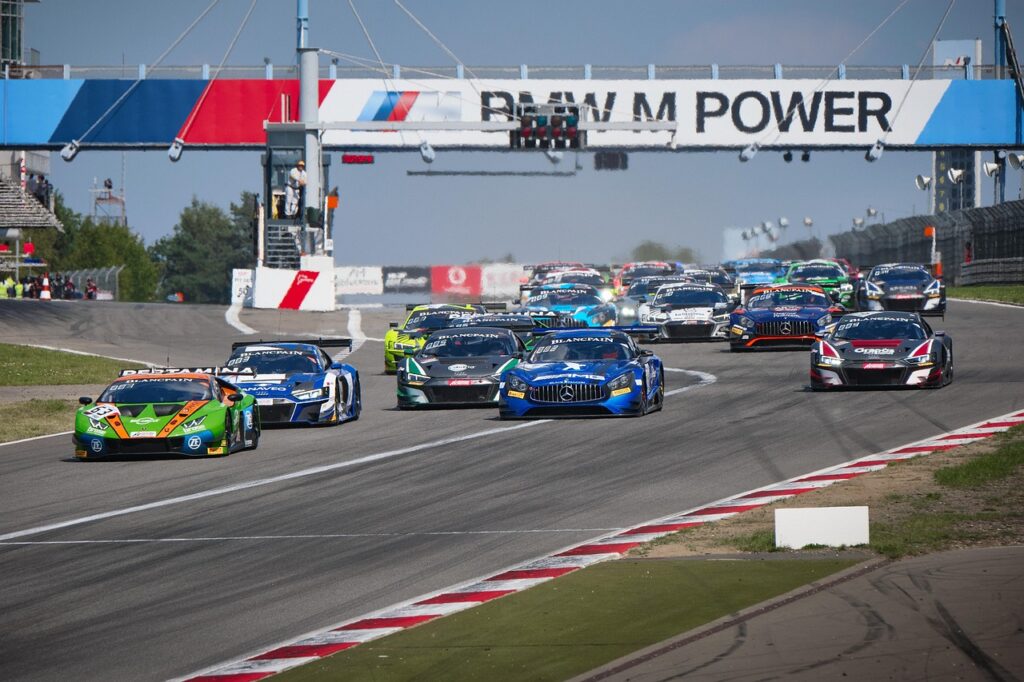
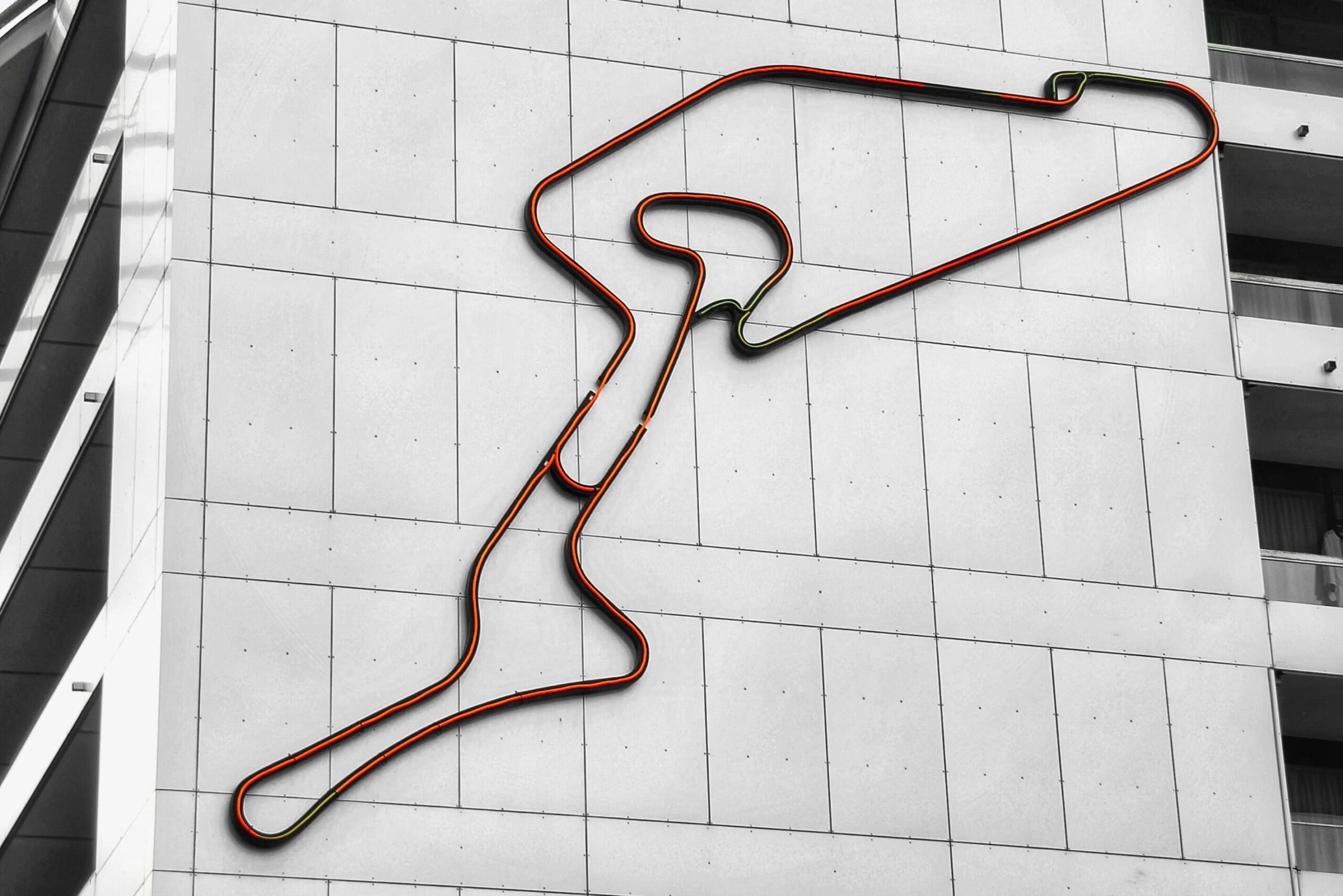
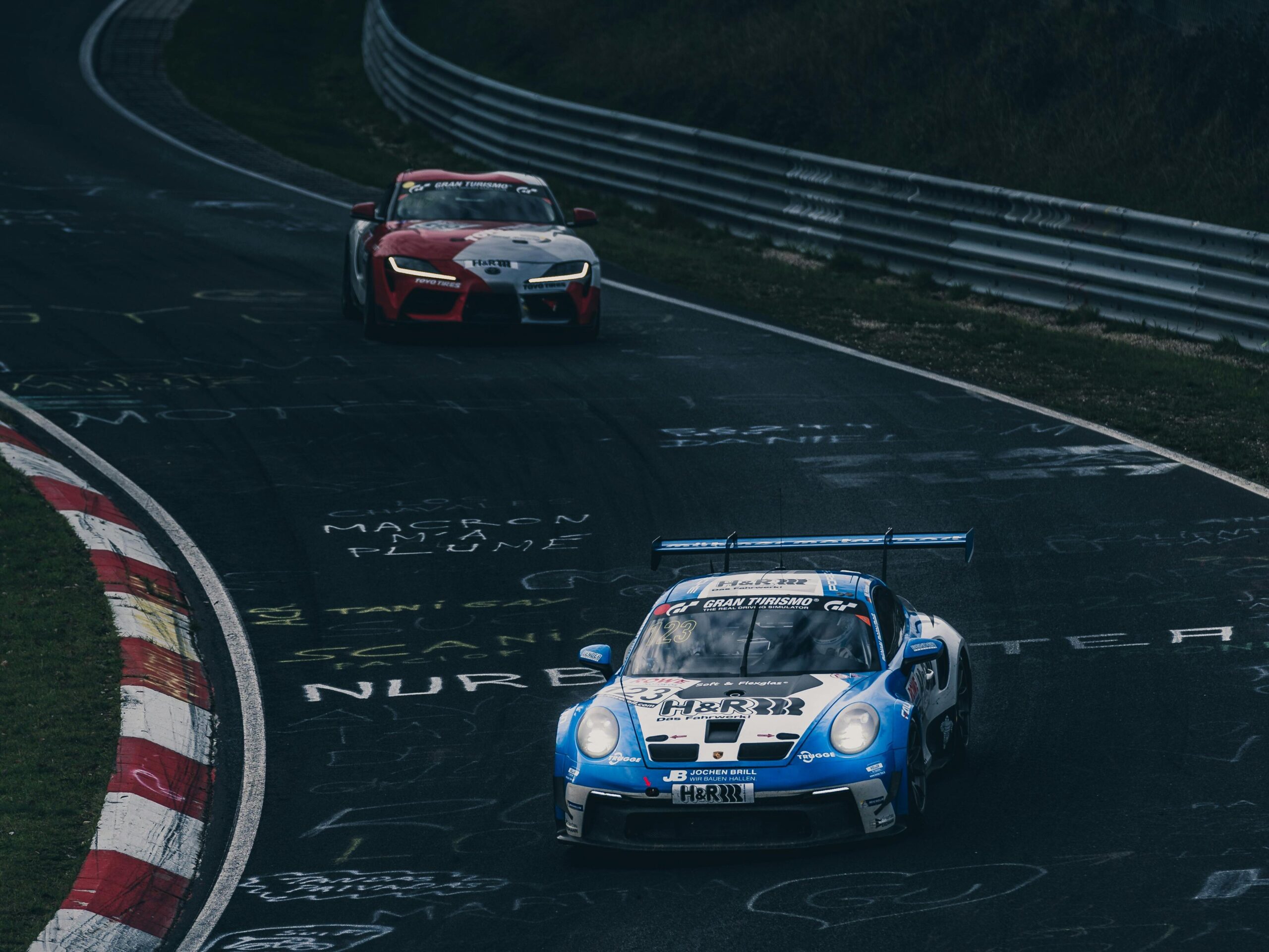
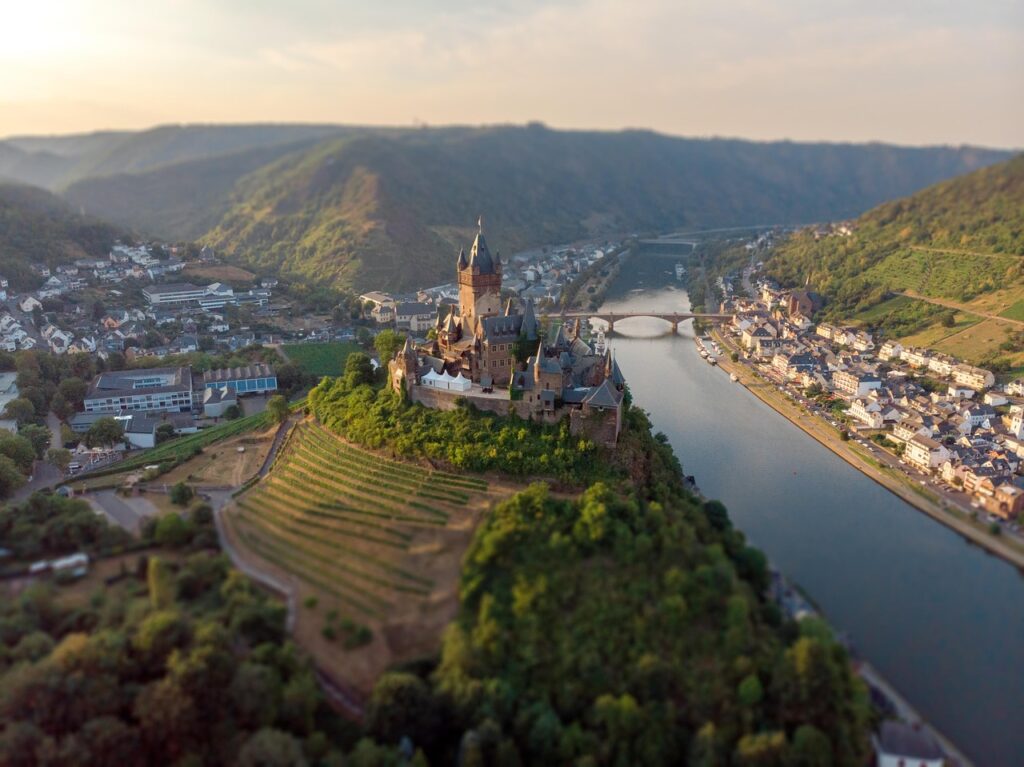
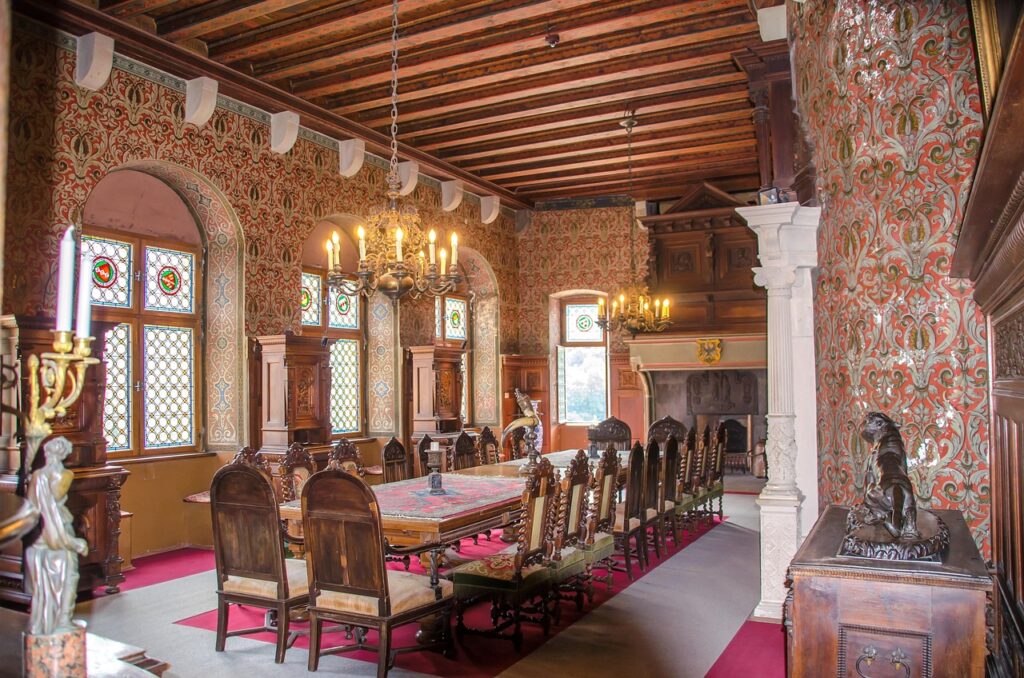
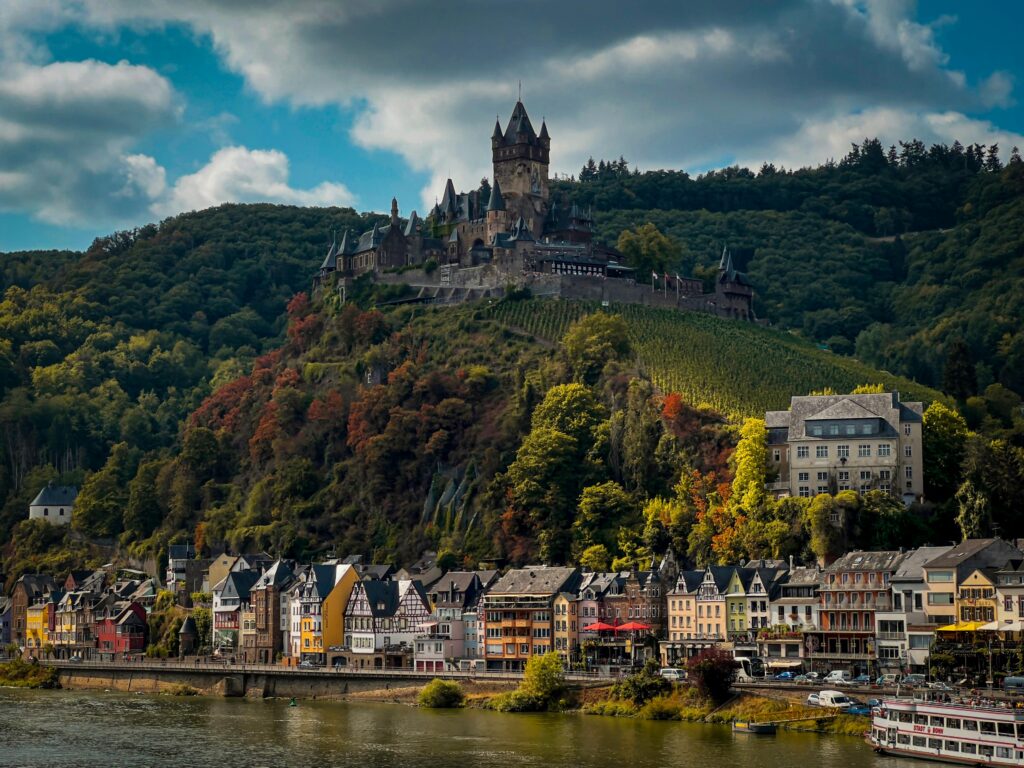
Goodwood Festival of Speed & the English Charm of Bath
The Race: A Revival Draped in Modernity
Goodwood isn’t a racetrack. It’s a stage and every summer, the world’s finest machines come out to perform. Created in 1993 by the Duke of Richmond, the Festival of Speed reimagined what motorsport could look like outside the sterile confines of modern circuits. Set against the backdrop of his family estate in West Sussex, it became an instant icon: part concours d’élégance, part hillclimb, part cultural statement.
The 1.16-mile course may look like a country road, but it’s a brutal technical challenge, narrow, cambered, and rising fast through shaded curves and blind crests. Speed records here don’t fall easily. Just ask the electric fan car that screamed its way to 39.08 seconds, making history in near silence.
But records are not the point. At Goodwood, a 1930s Bugatti shares the tarmac with a new-gen hypercar, a 1990s F1 car growls past a 1905 Darracq and somehow, it all makes sense. This is where heritage meets experimentation. Where spectators sip English sparkling wine under oak trees, and future prototypes debut alongside racing legends. It’s not nostalgia. It’s reengineered relevance.
The Escape: Bath, Where Time Slows with Grace
Once the engines fall silent, trade the rumble of tires for the hush of thermal waters. Just two hours away, Bath awaits like a soft exhale. A city sculpted in golden limestone and layered in Roman history, it’s a sanctuary of slow pleasures: bespoke spa rituals in candlelit chambers, classical concerts beneath painted ceilings, and gourmet lunches in Georgian townhouses with roaring fireplaces.
Stay at The Royal Crescent Hotel & Spa, where 18th-century elegance meets modern sanctuary. Hidden behind its iconic façade lies a secluded garden, a holistic spa, and suites that whisper of Jane Austen’s Bath, without the crowds. For dinner, book ahead at Restaurant Hywel Jones at Lucknam Park: a Michelin-starred symphony of British produce, served in a Palladian mansion just minutes from the city.
Don’t leave without visiting the Roman Baths after-hours. It’s not a tourist stop; it’s a portal to another empire. Here, luxury is whispered through warm mineral pools, handwritten menus, and the quiet knowledge that you’ve chosen well. For those who know how to arrive, Bath offers the kind of stillness that restores after a weekend lived at full throttle.

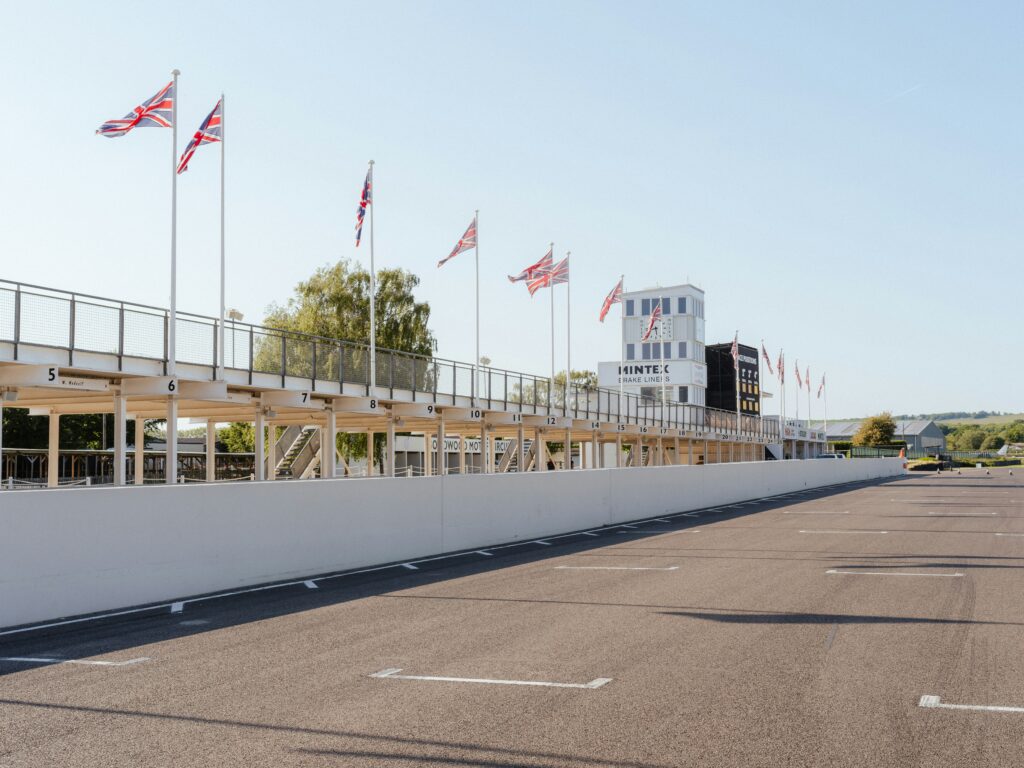
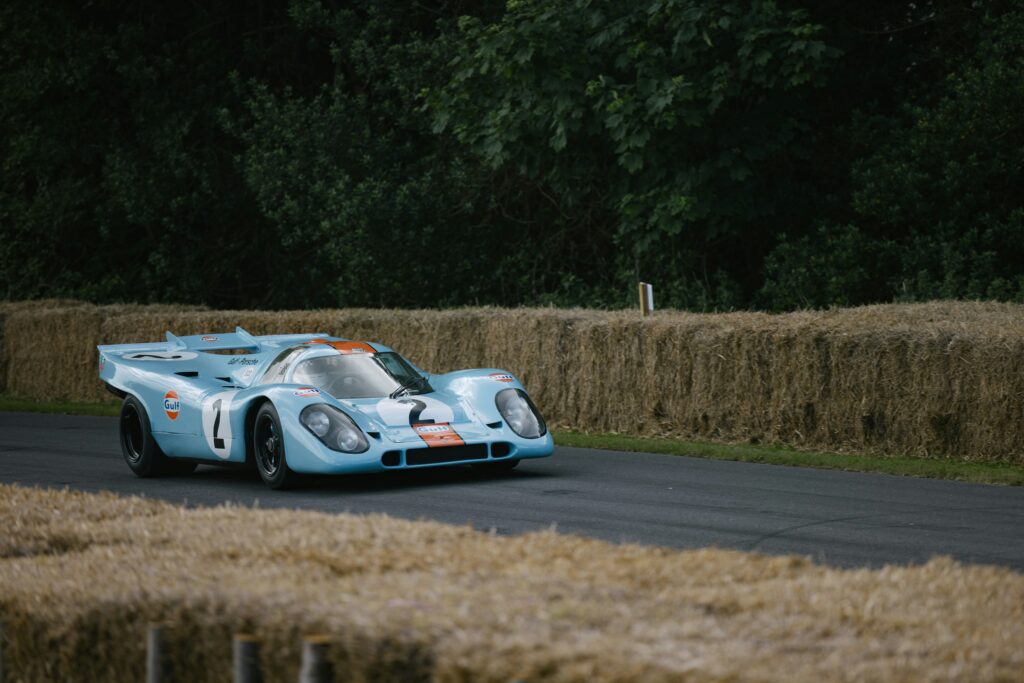

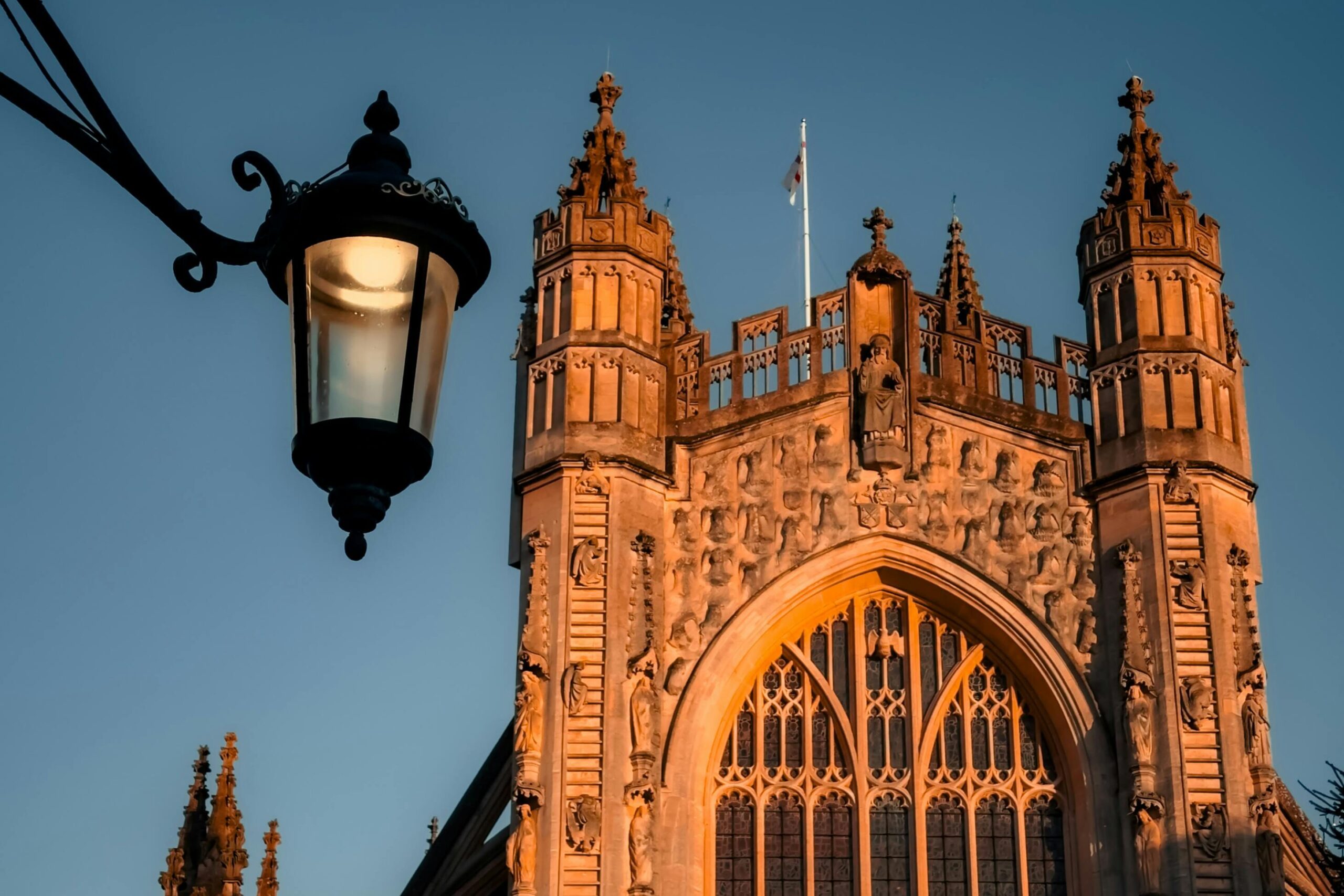

Legacy Has a Finish Line Too
Across these five weekends, one truth becomes clear: the engines may change, the circuits may vary, but the pursuit is always the same : Excellence, under pressure.
Some race to win. Others race to last. But the true connoisseur races to feel: the chaos of Monza, the fog of Spa, the fear of Nürburgring, the elegance of Goodwood and at the end of it all, the weight of Le Mans. Because after Le Mans, nothing quite sounds the same. Not your car. Not your memories. Not even silence. So take the detour. Choose the journey where thrill meets culture, and adrenaline has a second act. Let the crowd chase the podium. You? You’ll be somewhere quieter, better, rarer.


